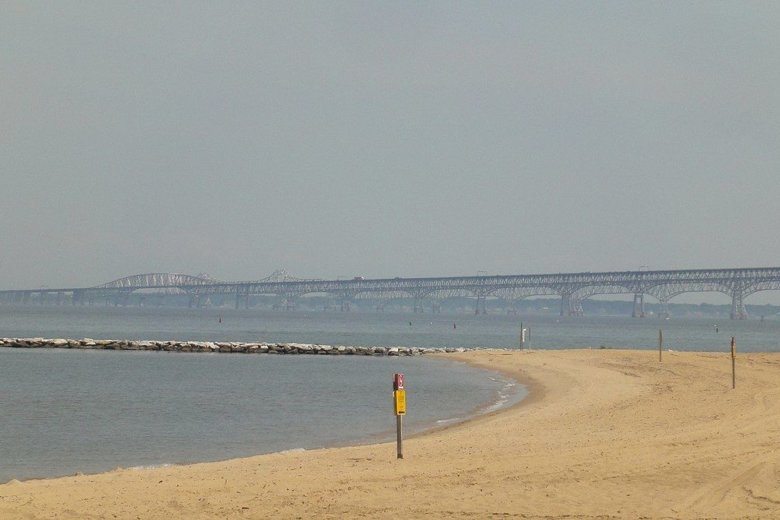
During the Memorial Day weekend, two boaters drowned in separate incidents in Maryland, while 10 kayakers were rescued and two others were reported missing after they reportedly went over a dam in the James River near Richmond, Virginia.
Maryland Natural Resources Police identified 43-year-old William Enrique Villatoro of Hyattsville as the boater who drowned in the Chesapeake Bay near Sandy Point State Park Sunday.
On Monday, an unidentified 37-year-old man drowned after he jumped into the Potomac River near the Woodrow Wilson Bridge.
Officer First Class Andrew Cummins with the Natural Resources Police said there are a number of regulations boaters are required to follow when they head out onto the water.
“You have to have an approved vest for everybody that is on your vessel,” said Cummins.
For children, the law is more explicit. Under state law, all children under the age of 13 must wear a life jacket while on any boat smaller than 21 feet in length while the boat is underway.
“I try to harp on that a lot,” said Cummins.
Cummins said many people may think of life vests as bulky, like the older, bright orange life jackets they grew up with, but there are newer, more streamlined versions available.
“I wear my life jacket every day on the vessel, and you know it’s not a hindrance,” Cummins said.
In Maryland, operators of recreational motorized boats must take an online or in-person course to get a boater safety card. “It’s kind of like a driver’s license for the water,” said Cummins.
“A common problem we have is bow riding,” said Cummins, explaining the practice of riding with legs dangling from the front of the boat.
“That can be extremely dangerous,” said Cummins, adding that the rider can fall into the water and be hit by their own boat. Or simply tossed off should their boat hit a wake.
Another hazard, Cummins said, is operators traveling at high speeds on the water.
“Always keep an eye out as to what you’re doing,” he said. “Situations can turn bad very fast.”
Cummins said he understands the eagerness people have to get out on the water. He enjoys the opportunity to help boaters and swimmers stay safe.
“I do have a very enjoyable job. It’s nice to be able to get out on the water every day. It gives you an appreciation of Maryland’s natural resources, it really does,” Cummins said.
In Montgomery County, Pete Piringer, spokesperson for the Montgomery County Fire and Rescue Service, explains that the department has a swift water rescue team that trains constantly.
According to Piringer, there are frequent rescues in the Potomac River in the area of Great Falls, where the waters may look manageable, but are in fact, treacherous. Wading and swimming along that stretch of the Potomac River is not allowed.
Even experts don’t take chances, he said.
“Our rescue crews do not operate within 5 to 10 feet of the water without having a protective vest on,” Piringer said. “It doesn’t matter what kind of water you’re near, it doesn’t make a difference how deep the water is, it only takes a couple of inches of water to drown.”
See a checklist of required items for boating safely in Maryland here.









